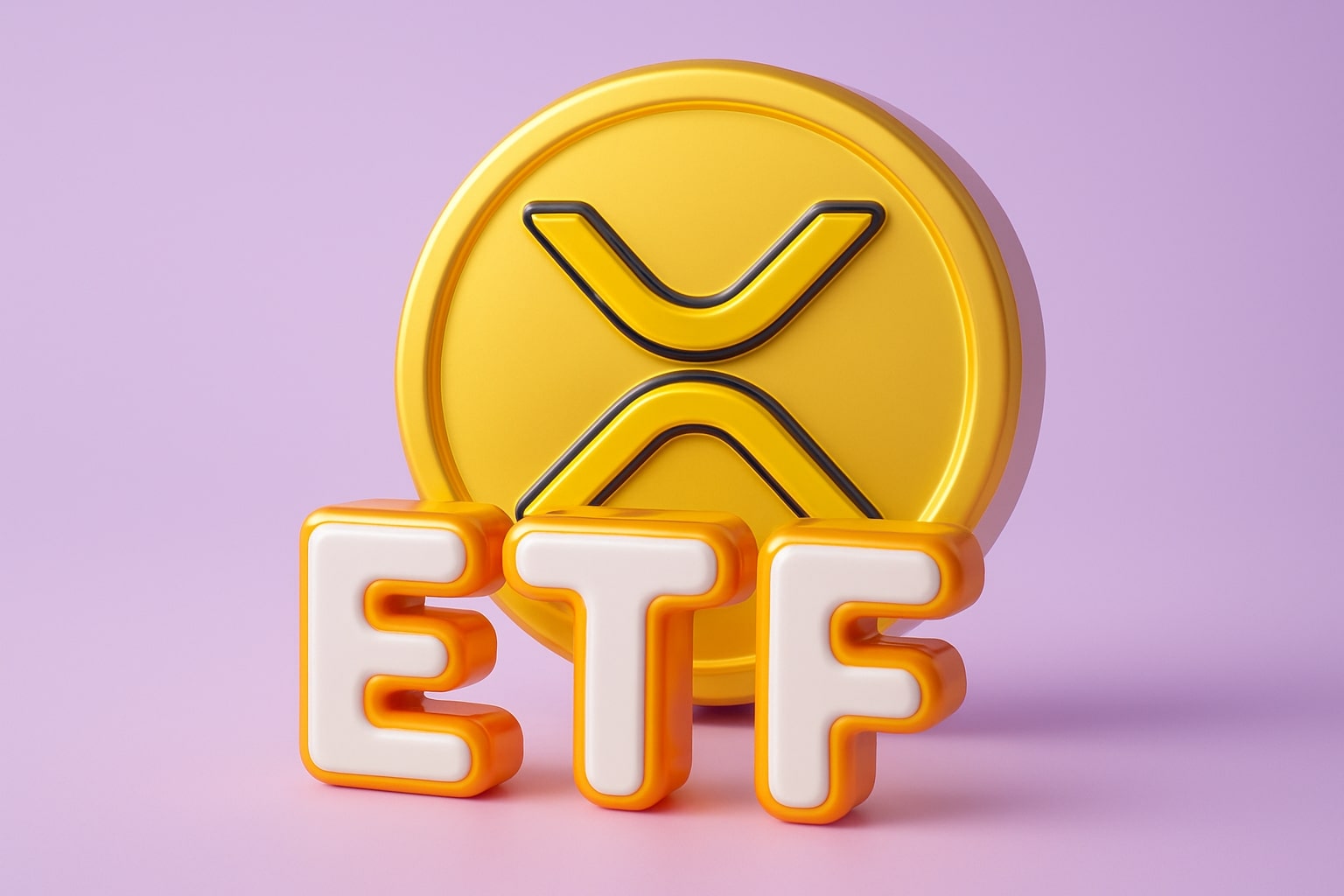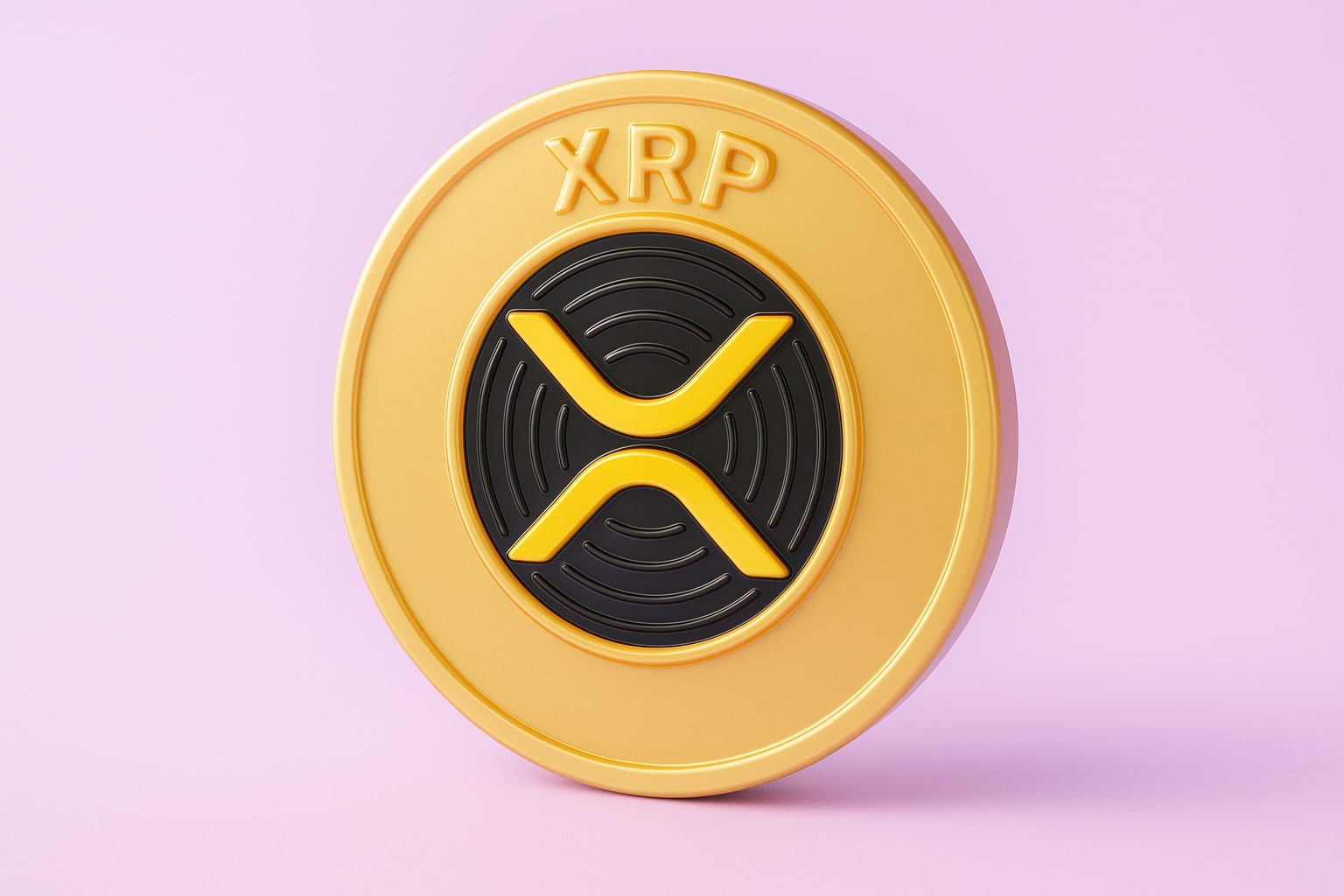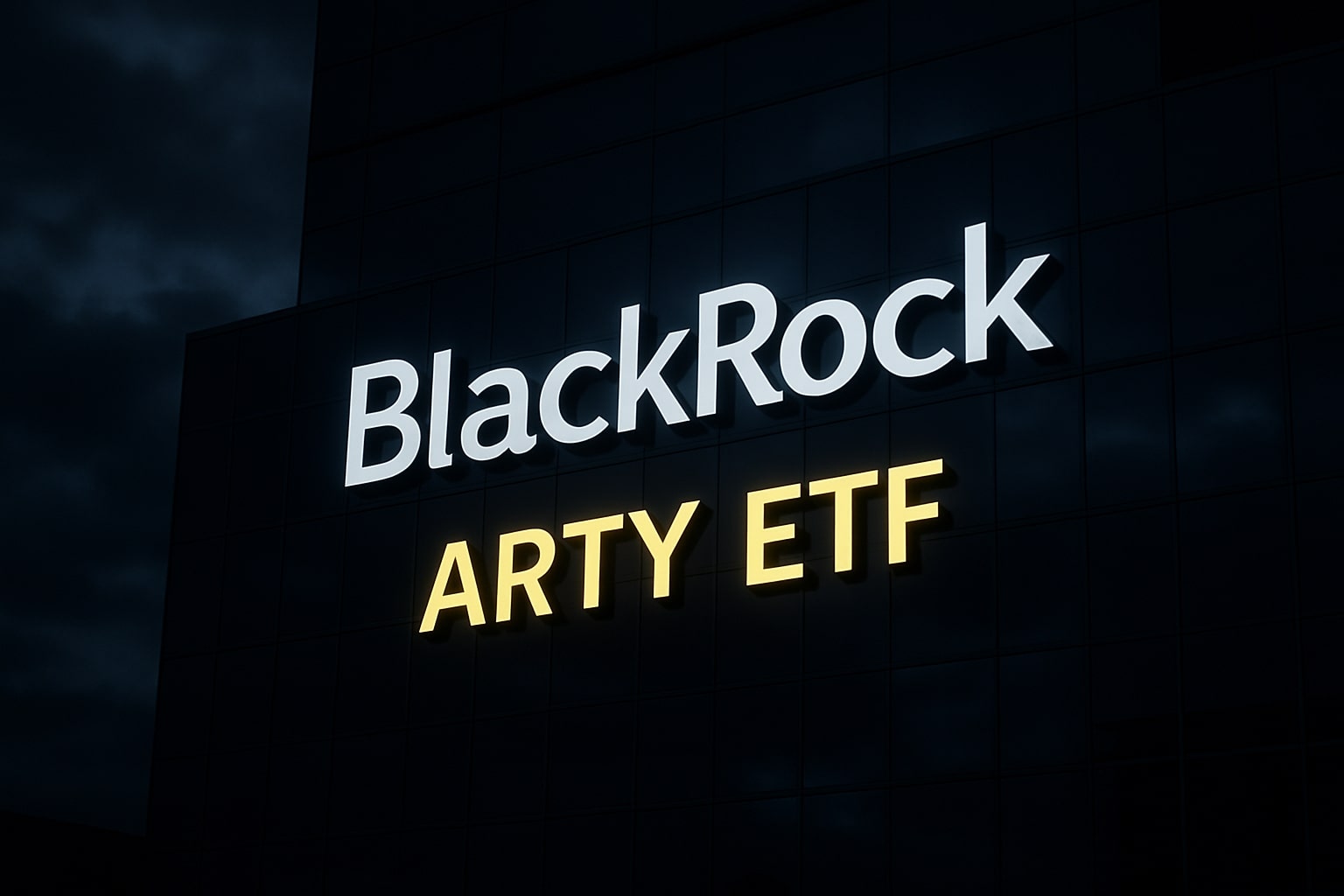
Solana Price Forecast - SOL-USD Climbs to $160.83 as ETF Inflows, and On-Chain Activity Power a Push Toward $200
Institutional inflows above $417M, strong network activity with 17.2M addresses, and macro liquidity from Fed policy fuel Solana’s rebound from $150 support toward $200–$250 | That's TradingNEWS
SOLANA (SOL-USD) — Institutional ETF Demand, Fed Liquidity, and On-Chain Strength Drive Rebound From $150 Base Toward $200 Resistance
Solana (SOL-USD) trades at $160.83, up 4.04% in the last 24 hours, with market capitalization at $88.93 billion and daily trading volume surging 15.25% to $6.33 billion. Despite a volatile start to November, Solana’s structure remains resilient, with institutional capital inflows, ETF-driven exposure, and macro liquidity trends aligning to form a powerful base around the $150–$155 zone. Technical, fundamental, and macro indicators now converge on a bullish inflection point that may redefine its short-term trajectory toward $200 and its midterm roadmap near $250–$300 by 2026.
ETF Inflows and Institutional Capital Reignite Momentum in SOL-USD
After the approval of multiple spot crypto ETFs, Solana became a clear institutional favorite. The Bitwise Solana Staking ETF (BSOL) attracted $417 million in inflows within its debut week, offering a 7% annualized staking yield. Combined ETF and fund inflows across Solana-linked products totaled $421 million in late 2025, even as the token corrected 20% from $205 to $165, showing remarkable institutional conviction. Franklin Templeton’s integration of Solana into its BENJI platform and Solana’s inclusion in multi-asset blockchain funds reflect a deepening of professional participation. Liquidity expansion through ETFs has lifted Solana’s visibility across U.S. and European exchanges, with daily turnover rivaling that of Ethereum-based assets. These flows show the shift from speculative retail dominance to structured institutional adoption, anchoring Solana’s price base near $150 amid macro volatility.
Federal Reserve Liquidity and Macro Tailwinds Sustain Crypto Appetite
The Federal Reserve’s 2025 rate-cut pause became a defining liquidity event for high-volatility assets like SOL-USD. The September rate reduction lowered the federal funds rate by 25 bps, driving fresh liquidity into non-yielding risk assets, including cryptocurrencies. As inflation moderated and the Trump administration’s pro-growth fiscal stance added stimulus, Solana benefited from rising speculative inflows and portfolio rebalancing into digital assets. Analysts at major institutions now estimate that for every 50 bps of cumulative rate cuts, total crypto market capitalization gains approximately $160–$200 billion, making Solana’s late-year recovery directly tied to central bank policy. The proposed gold-for-Bitcoin reserve diversification floated by U.S. legislators added further legitimacy to digital assets, indirectly fueling confidence in large-cap chains like Solana, which offers faster settlement and higher scalability.
Technical Structure: TD Sequential and Channel Dynamics Confirm Bottom Formation
Solana’s daily chart recently flashed a TD Sequential Buy Signal at $150, marking exhaustion in the prior downtrend. The formation of nine consecutive red candles followed by a green “1” count typically precedes short-term reversals, and Solana’s rebound fits that structure. Liquidity heatmaps identify dense liquidation clusters between $145 and $150, areas historically associated with institutional accumulation. Technical traders note that the lower boundary of Solana’s descending parallel channel aligns perfectly with this range. A breakout above $165–$170 could initiate a momentum wave toward $185–$190, followed by an extension to $200 if buying pressure consolidates. RSI divergence and MACD histogram narrowing indicate that selling pressure is fading, with support volume climbing by 18% week-over-week, signaling that the base is holding firm.
On-Chain Strength Confirms Underlying Solana Network Health
According to Nansen data, Solana processed 432 million transactions in the past week and hosted 17.2 million active addresses, confirming that the chain remains the most active L1 blockchain outside Ethereum. Daily DEX volume reached $5.1 billion, up 27% month-over-month, while total DeFi value locked surged to $10.3 billion, up 33% since Q3. This rise coincides with renewed demand from NFT platforms and tokenized asset issuance protocols adopting Solana for its 3,800 transactions per second throughput and sub-$0.01 fee structure. Developer activity on Solana’s GitHub repositories grew 11% in October, indicating sustained ecosystem confidence despite price volatility. Such fundamentals validate that recent corrections were technical, not structural, reinforcing bullish mid-term sentiment.
Arbitrage and Cross-Exchange Activity Highlight Solana’s Liquidity Dominance
Cross-exchange trading activity for Solana increased markedly, creating arbitrage spreads between centralized and decentralized platforms. Price gaps between DEX and CEX venues occasionally reached 0.6–0.9%, driven by network latency and high-volume trading flows. Arbitrageurs have targeted these inefficiencies as CEX-to-DEX transfer times remain under two seconds due to Solana’s fast block finality. This deep liquidity profile not only stabilizes the token but also underscores its unique advantage over slower L1s. Among Layer-1 peers, Solana exhibits one of the narrowest bid-ask spreads, averaging $0.09 per token versus $0.16 for Avalanche (AVAX) and $0.21 for Polkadot (DOT), reflecting superior capital depth.
Remittix (RTX) and Ecosystem Expansion Strengthen Solana’s DeFi Position
The Solana ecosystem continues to attract complementary DeFi projects like Remittix (RTX), which bridges fiat and crypto transfers across 30 countries. The project raised $28.1 million in private funding, selling 684 million RTX tokens, and achieved #1 ranking on CertiK Skynet for pre-launch verification. With its cross-chain PayFi structure, Remittix expands Solana’s practical use cases in payments and borderless transactions. As Solana DeFi projects evolve beyond yield farming into payment infrastructure, they attract a new class of users and liquidity providers. This expansion underlines why institutional analysts project Solana’s network value could exceed $130 billion by mid-2026 if transaction growth sustains its current pace.
Macro Correlations and the Fed’s Role in Sustaining Solana Liquidity
The correlation between Solana and U.S. liquidity indicators remains strong. When M2 money supply expanded by 2.8% in Q3 2025, Solana’s market cap rose by 17%, outperforming Ethereum’s 9% gain and Bitcoin’s 12%. Analysts attribute this to Solana’s higher beta relative to global liquidity cycles. Furthermore, the Fed’s balance sheet still hovers near $8.3 trillion, meaning macro liquidity continues to underpin demand for speculative digital assets. Institutional allocators favor Solana for its yield-bearing staking component, now averaging 6.9% APR, which functions as a pseudo-fixed-income play in a low-rate environment.
Read More
-
ARTY ETF (NYSEARCA:ARTY) Climbs To $48.18 As AI Boom Pushes Assets Past $2B
09.11.2025 · TradingNEWS ArchiveStocks
-
XRP ETFs XRPI And XRPR Rally To $13.98 And $19.46 As SEC Countdown Sparks Institutional Frenzy
09.11.2025 · TradingNEWS ArchiveCrypto
-
Natural Gas Price (NG=F) Falls to $4.31 as Record U.S. Output and Unseasonably Warm Weather Crush Demand
09.11.2025 · TradingNEWS ArchiveCommodities
-
USD/JPY Price Forecast - Dollar to Yen (¥153.41) Dips from 8-Month High as Fed Cut Odds Hit 70%
09.11.2025 · TradingNEWS ArchiveForex
The Alpenglow Upgrade and Long-Term Network Scalability
The Alpenglow upgrade, scheduled for late 2025 rollout, will cut block finality to 150 milliseconds and increase validator throughput by 40%, further reinforcing Solana’s claim as the fastest L1 network. This upgrade is central to bullish models that forecast SOL-USD prices in the $250–$300 range by 2026. By reducing latency and enhancing parallel execution, Alpenglow prepares the chain for institutional-grade throughput, enabling applications in high-frequency trading, gaming, and tokenized asset markets. Developers estimate that after full deployment, Solana could handle up to 10,000 TPS, ten times current Ethereum performance at a fraction of the cost.
Investor Positioning and Price Targets Ahead
Current positioning suggests that large investors are accumulating within the $150–$155 corridor. Whale wallet tracking indicates that addresses holding over 100,000 SOL increased their balances by 2.3% week-over-week, adding roughly $220 million in aggregate value. Options market data shows rising call open interest at the $180 and $200 strikes, confirming that speculative momentum is returning. The immediate resistance lies at $170, followed by $185, while a decisive daily close above $190 could trigger a breakout pattern targeting $200–$215. Downside protection remains at $145, below which institutional liquidity sweeps would likely occur before re-accumulation.
Comparative Valuation and Market Leadership Among Layer-1s
At a market cap of $88.9 billion, Solana ranks fifth globally, trailing Ethereum ($412B) but ahead of Avalanche ($18B) and Cardano ($17B). Its Price-to-Network Activity Ratio (PNAR) sits at 5.1×, compared with Ethereum’s 6.4×, indicating more efficient capital utilization. Despite its premium, Solana’s network activity multiple remains justified by sustained throughput and lower cost per transaction. Staking participation now exceeds 68% of circulating supply, with over $60 billion worth of tokens locked across validators, signaling confidence in network security and income stability.
SOL-USD Technical Range and Momentum Forecast
Solana’s 7-day average trading range tightened from $22.50 to $14.80, signaling consolidation before volatility expansion. Bollinger bandwidth shows compression unseen since August, historically preceding breakouts. RSI at 54 indicates neutrality, yet the positive MACD crossover reinforces near-term upside. If volume continues to rise above $7 billion daily, Solana could retest the $185–$190 resistance before targeting $200, followed by potential continuation toward $220–$250 in Q1 2026.
Outlook and Rating for SOL-USD
Solana’s structural base at $150, reinforced by ETF inflows, macro liquidity, and strong on-chain fundamentals, provides a powerful support platform. The chain’s 17.2 million active addresses, $10.3 billion DeFi TVL, and record-low transaction costs create one of the most efficient ecosystems in the market. Its technical recovery structure, combined with heavy institutional presence, positions Solana as one of the most attractive Layer-1 opportunities heading into 2026.
Verdict: BUY — SOL-USD shows strong institutional backing, a solid macro environment, and accelerating network fundamentals. Expected short-term range: $150–$200. Long-term potential: $300+ by 2026.

















